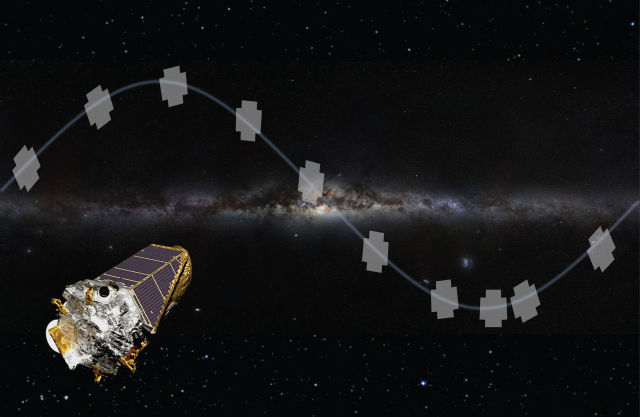
The Y chromosome (right) is pretty minimalist compared to the X, but it holds much more history. (credit: MIT)
But as DNA sequencing technology has improved, it has become progressively easier to sequence all the DNA that an individual carries. If said individual is a male, the resulting sequence will include the Y chromosome, which is inherited only from fathers. With more data in hand, researchers have been able to perform an analysis of the Y chromosome's history, and they've found that its sequence retains the imprint of both the migrations and technological innovations that have featured in humanity's past.
How to read a Y
Most chromosomes in the cell are present as two copies, which allows them to swap genetic material. Over time, this swapping will mix up the mutations that occur on the chromosome, making their history difficult to untangle.







